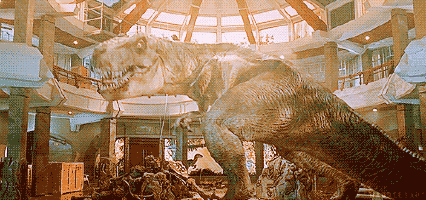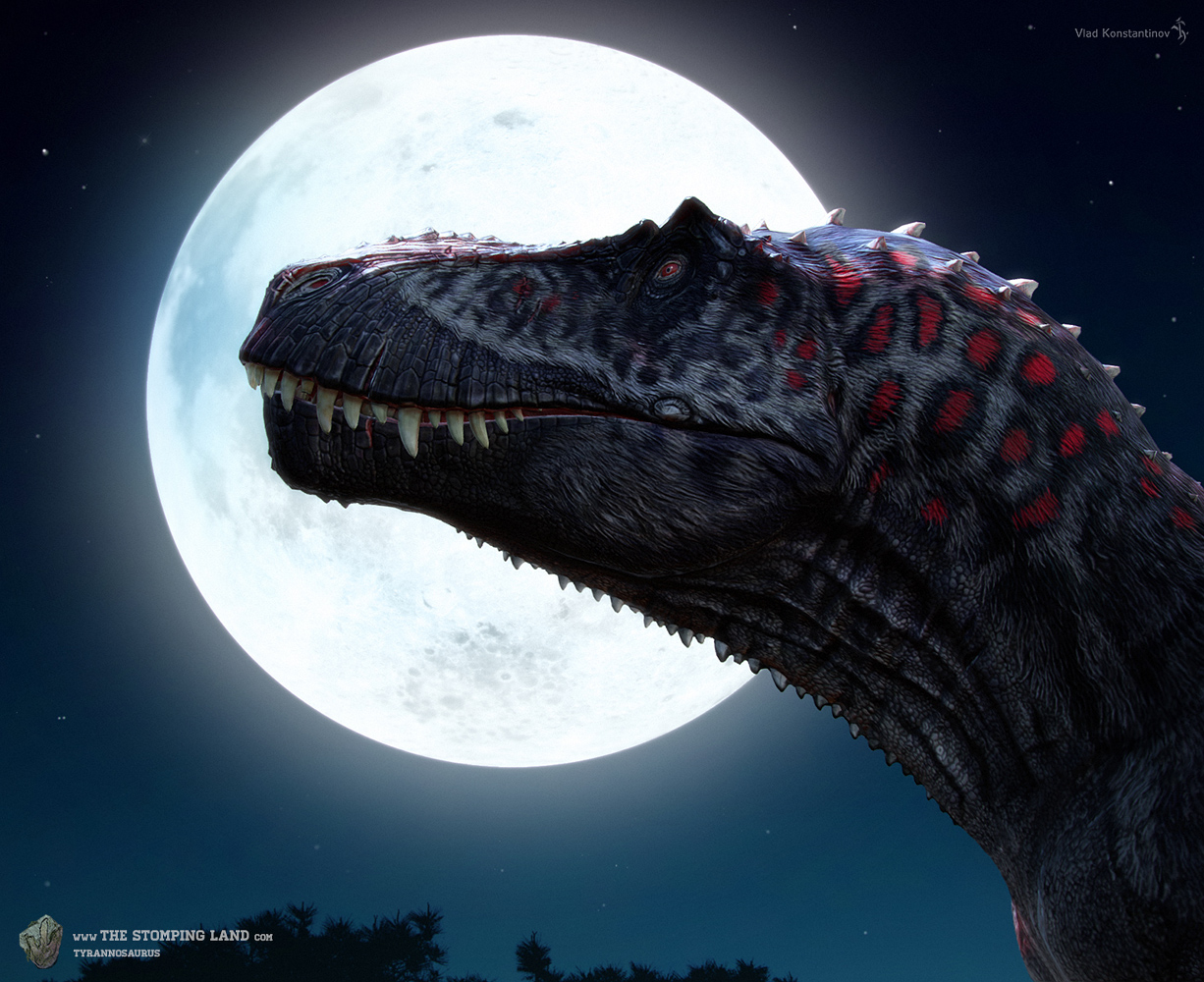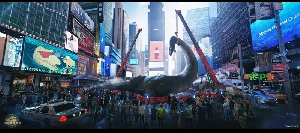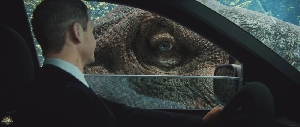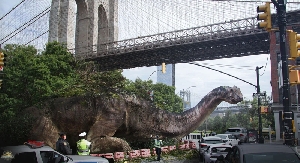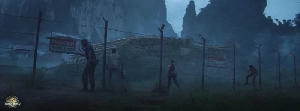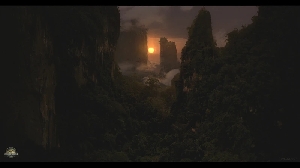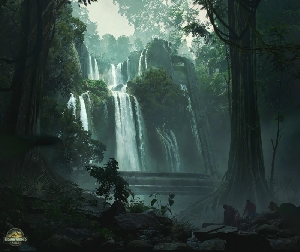The size of Acrocanthosaurus Atokensis
Dinosaurs Forum Topic
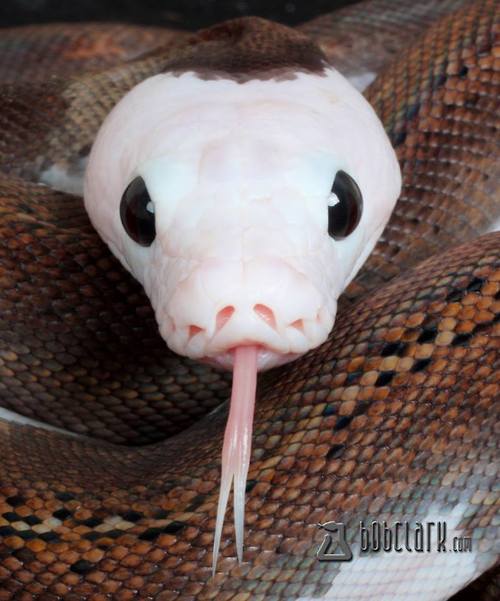
Carnosaur
MemberCompsognathusJul 14, 20143004 Views13 RepliesDid a topic like this a while back, decided to revamp it.

Acrocanthosaurus Atokensis; The high-spined lizard
The name was first assigned to two very incomplete specimens (OMNH 10146 and OMNH 10147), discovered in the early 1940s, it consisted of two partial skeletons and a piece of skull excavated from Atoka County in Oklahoma which were finally scientifically described in 1950.
For the holotype, OMNH 10146, has been given a total body mass of roughly 3.02 tons. This is based off of the femoral length of 1170.8 mm.
However, applying the "8ths rule" to this animal, i came up with a different figure. Skull length of the holotype was 1160 mm(3.80577 feet) Basing off of Eocarcharia(another early Carcharodontosaur) i came up with a slightly highly weighet estimate.
3.80577x8 yields 30.5 feet TBL. A mass estimate of 3.5 tons was what the calculations yielded
However, this is just for the holotype. A few larger specimens have been unearthed.
An even more complete skeleton (NCSM 14345) affectionately nicknamed 'Fran' appears to be substaintially larger.
The skull alone measured 1.3 meters(4.3 feet) long. That's all we need to get an estimate for it.
4.3x8 yields 34.5 TBL. Based on the femur length of this animal(1,277mm) 'Fran" would have weighed in 5.78713 tons.
Skeletal elements of OMNH 10147 are almost the same size as comparable bones in NCSM 14345, indicating an animal of roughly the same size.
Acrocanthosaurus may be known from less complete remains outside of Oklahoma, Texas, and Wyoming. A tooth from southern Arizonahas been referred to the genus. Estimates have not been given for these remains, because teeth are unreliable in the fact we do not know what position they lay in the jaw, and teeth vary in size based on their placement.
So, basing off of the few specimens we do have of Acrocanthosaurus, a size range of 10-11.5 meters TBL and 3-5 tons seems plausible. Not the enormous 7 ton monster i've seen so estatically thrown around the internet, but this animal is certainly not one you would want to meet in a dark alley.
Nature doesn't deceive us; it is we who deceive ourselves.
Replies to The size of Acrocanthosaurus Atokensis
Hey Guest, want to add your say?
Are you an avid Jurassic World fan looking for a dedicated online community of likeminded fans? Look no further! Create your own profile today and take part in our forums and gain XP points for all the content you post!

